Creating a Wildlife-Friendly Backyard
Transforming your backyard into a wildlife-friendly sanctuary is not just a rewarding endeavor but also a significant step towards conserving the biodiversity of your local ecosystem. Imagine stepping outside and being greeted by the cheerful chirps of birds, the gentle rustling of leaves as small mammals scurry about, and the vibrant colors of butterflies flitting from flower to flower. By making simple yet impactful changes, you can create a haven that provides essential habitats and food sources for various species, all while enhancing the beauty of your outdoor space.
Think about it: every garden, no matter how small, has the potential to become a thriving ecosystem. It's like being the architect of a miniature paradise where nature can flourish. The best part? You don’t need to be a gardening expert to get started! With just a bit of planning and creativity, you can attract a variety of wildlife, from buzzing bees and fluttering butterflies to chirping birds and playful squirrels. So, let’s dive into the steps you can take to turn your backyard into a vibrant wildlife haven.
First and foremost, one of the most effective ways to attract local wildlife is by choosing native plants. These plants are perfectly adapted to your region's climate and soil, making them easier to grow and maintain. They provide food and shelter for birds, insects, and other animals, ensuring a thriving ecosystem. Native plants also require less water and fewer resources, which is a win-win for both you and the environment!
In addition to plants, providing water sources is crucial for wildlife survival. Water is the lifeblood of any ecosystem, and by incorporating features like ponds or birdbaths, you can create a reliable hydration source for various species. Imagine the delight of watching birds splash around in a birdbath or frogs basking on lily pads in a pond. These water features not only support wildlife but also add a serene touch to your backyard.
As you embark on this journey, consider how your efforts can contribute to a larger conversation about conservation and biodiversity. By creating a wildlife-friendly backyard, you are not just enhancing your own space but also playing a vital role in protecting local ecosystems. So roll up your sleeves, grab your gardening tools, and let’s get started on this exciting adventure!
- What are the best native plants to attract wildlife? Native plants vary by region, but common choices include coneflowers, milkweed, and black-eyed Susans. Research local flora for the best options.
- How can I maintain water quality in my pond? Regular maintenance includes filtering, aerating, and managing algae growth. Adding native aquatic plants can also help maintain balance.
- What types of birdhouses are best for attracting different species? Different birds prefer different styles. For example, bluebirds like open-front houses, while wrens prefer small, enclosed spaces.
- How can I reduce pests without using chemicals? Consider companion planting, which involves growing plants together that naturally deter pests, and attract beneficial insects like ladybugs.
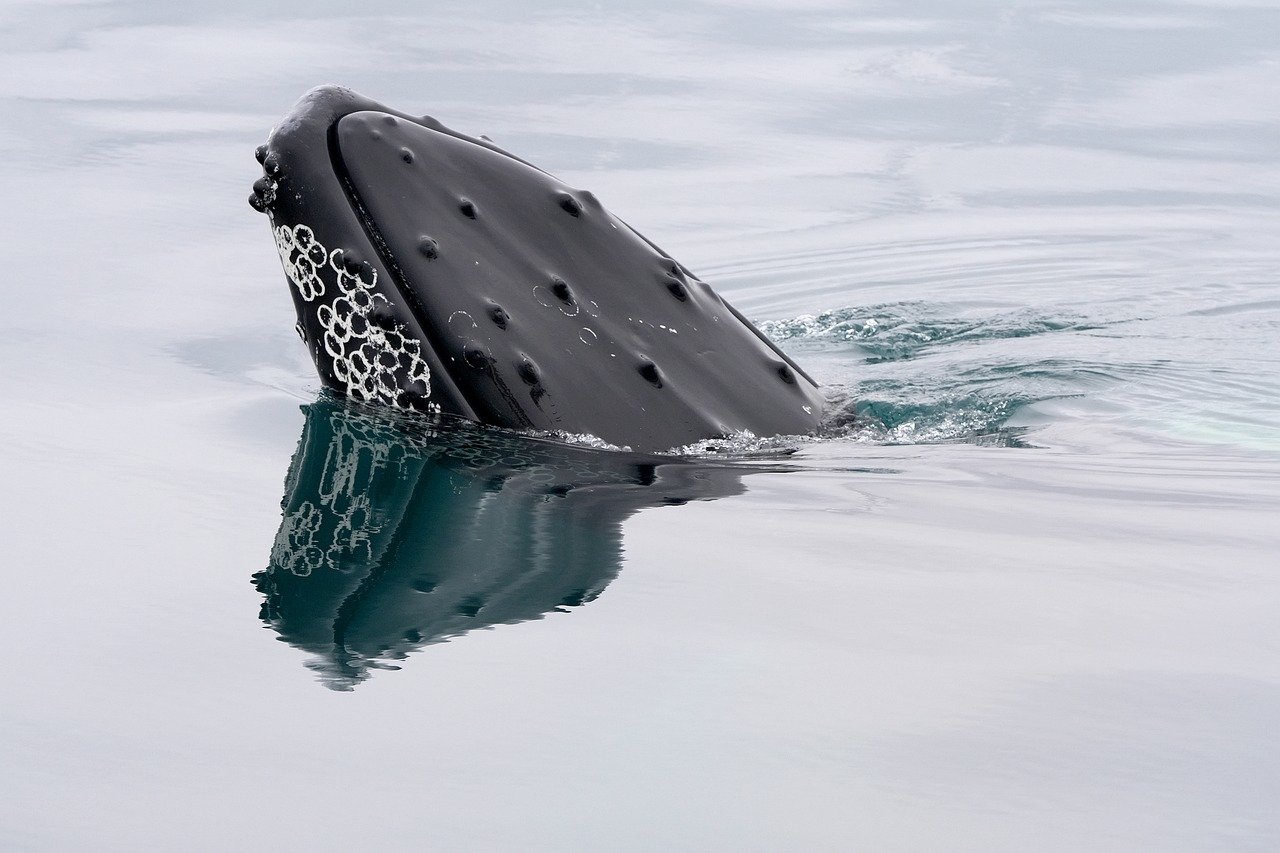
Choosing Native Plants
This article explores various ways to transform your backyard into a sanctuary for local wildlife, providing essential habitats and food sources while enhancing the beauty of your outdoor space.
When it comes to creating a wildlife-friendly backyard, is like giving a warm welcome to your local ecosystem. These plants are perfectly adapted to your region's climate, soil, and wildlife, making them the best choice for attracting a diverse array of animals. Imagine your backyard bursting with life, where birds chirp, butterflies flutter, and bees buzz—all thanks to the plants you selected!
Native plants provide essential food and shelter for various species, including birds, insects, and small mammals. For instance, flowering plants like coneflowers and black-eyed Susans not only add vibrant colors to your garden but also attract pollinators. Meanwhile, shrubs such as serviceberry and elderberry offer delicious berries that birds love to feast on. By planting a mix of native flora, you can create a thriving ecosystem right in your backyard.
Moreover, native plants require less maintenance compared to non-native species. They are naturally resistant to local pests and diseases, which means you won't have to spend your weekends battling unwanted invaders. This leads to a more sustainable garden where you can enjoy the beauty of nature without the constant worry of chemical treatments. In fact, you might even find that your garden becomes a natural sanctuary for beneficial insects, which help control pests naturally.
To help you get started, here’s a quick overview of some popular native plants you might consider for your backyard:
| Plant Name | Benefits | Best Season to Plant |
|---|---|---|
| Coneflower | Attracts butterflies and bees | Spring or Fall |
| Black-eyed Susan | Provides seeds for birds | Spring |
| Serviceberry | Delicious berries for wildlife | Fall |
| Elderberry | Supports pollinators and birds | Spring |
In conclusion, by choosing native plants, you’re not just beautifying your backyard; you're also creating a harmonious space that supports local wildlife. It’s a win-win situation! So, roll up your sleeves, dig into that soil, and let nature do its magic.
Water is essential for wildlife survival. Learn how to create ponds, birdbaths, and other water features that cater to various species, promoting hydration and habitat diversity in your backyard.
Constructing a pond can attract frogs, turtles, and various birds. This section discusses the ideal pond size, depth, and plant selections to create a balanced aquatic environment.
Selecting the right location for your pond is vital. Consider sunlight, drainage, and proximity to other wildlife habitats to ensure your pond thrives and attracts diverse species.
Regular maintenance is essential for a healthy pond. This section covers tips on filtering, aerating, and managing algae to keep your water clear and inviting for wildlife.
Birdhouses and feeders provide essential nesting sites and food sources for birds. Explore various designs and placement strategies to attract a variety of bird species to your backyard.
Wildlife needs shelter for safety and breeding. This section discusses how to create natural habitats using brush piles, logs, and other materials to provide refuge for small animals.
Brush piles create excellent hiding spots for small mammals and insects. Learn how to build and maintain these structures to encourage wildlife to take up residence in your backyard.
Shrubs and hedges offer shelter and nesting opportunities for birds and small mammals. Discover the best types of plants to use and how to arrange them for maximum benefit.
Minimizing pesticide use is crucial for protecting wildlife. This section explores natural pest control methods and their benefits for maintaining a healthy ecosystem in your backyard.
Companion planting involves growing certain plants together to naturally deter pests. Learn about effective combinations that can help reduce the need for chemical pesticides in your garden.
Beneficial insects, like ladybugs and lacewings, help control pests naturally. This section discusses ways to attract these helpful creatures to support a balanced ecosystem in your backyard.
Q: Why should I choose native plants for my backyard?
A: Native plants are adapted to your local environment, providing food and shelter for wildlife while requiring less maintenance.
Q: How do I attract birds to my garden?
A: Provide food sources, such as bird feeders and native plants, and offer water through birdbaths or ponds.
Q: What is the best way to maintain my pond?
A: Regularly check water quality, manage algae, and ensure proper aeration to keep your pond healthy for wildlife.
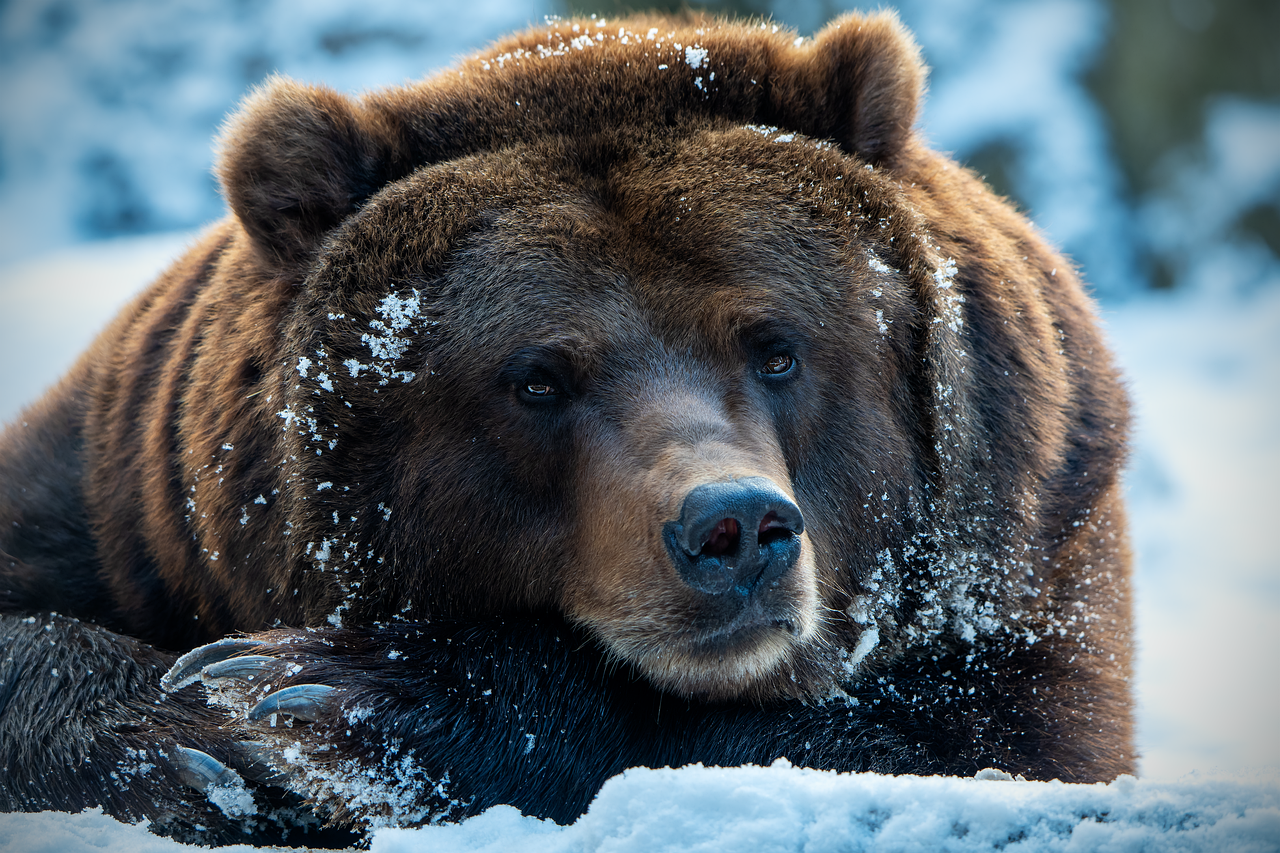
Providing Water Sources
Water is the lifeblood of any ecosystem, and creating accessible water sources in your backyard is essential for attracting and supporting local wildlife. Imagine a vibrant oasis where birds flit about, frogs croak joyfully, and butterflies dance gracefully above shimmering water. By incorporating various water features, you can create a thriving habitat that not only enhances the beauty of your outdoor space but also provides crucial hydration for your local fauna.
One of the most effective ways to provide water is by installing a pond. A well-constructed pond serves as a magnet for a diverse range of wildlife, including frogs, turtles, and a variety of birds. When planning your pond, consider factors such as size, depth, and the types of aquatic plants you wish to include. The ideal pond should have a minimum depth of 2 feet to prevent it from freezing solid in winter, allowing aquatic life to thrive year-round. Additionally, including native plants like cattails and water lilies can create a balanced aquatic environment that provides food and shelter for various species.
Constructing a pond might seem like a daunting task, but with the right approach, it can be a rewarding project. First, determine the perfect location for your pond. Look for a spot that receives ample sunlight for at least part of the day while ensuring it’s not too close to trees that may drop leaves and debris, which can lead to excessive algae growth. The proximity to other wildlife habitats is also important; placing your pond near existing natural areas can encourage animals to visit.
When selecting the location for your pond, consider the following:
- Sunlight: Ensure the pond gets some sunlight to keep the water warm and promote plant growth.
- Drainage: Avoid areas prone to flooding or excessive runoff, which can disrupt the pond’s ecosystem.
- Wildlife Access: Position the pond near existing wildlife trails or habitats to encourage visits from local animals.
Once you’ve chosen the location, you can start digging! A simple DIY pond can be made using a pre-formed liner or by excavating a hole and lining it with a flexible pond liner. Fill the pond with water and allow it to settle for a few days before introducing any plants or wildlife. To maintain a healthy pond, regular maintenance is key.
Keeping your pond clean and healthy is crucial for the wildlife that depends on it. Regular maintenance includes:
- Filtering: Installing a pond filter can help remove debris and keep the water clear.
- Aerating: Adding a fountain or aerator not only beautifies your pond but also increases oxygen levels, which is vital for fish and other aquatic life.
- Managing Algae: Algae can quickly overtake a pond if not controlled. Introduce natural predators like snails or use aquatic plants to absorb excess nutrients.
In addition to ponds, birdbaths are another excellent way to provide water sources for wildlife. A simple birdbath can attract various bird species, offering them a place to drink and bathe. Ensure the birdbath is shallow, with a depth of no more than 2 inches, to make it safe for small birds. Regularly change the water and clean the bath to prevent the spread of disease.
By incorporating these water features into your backyard, you’re not just creating a beautiful outdoor space; you’re fostering a vibrant ecosystem that supports local wildlife. Imagine the joy of watching a family of ducks paddle across your pond or hearing the cheerful songs of birds as they splash in the birdbath. Providing water sources is a simple yet impactful way to give back to nature and enjoy the wonders of wildlife right in your backyard.
Q: How deep should my pond be?
A: Ideally, your pond should be at least 2 feet deep to prevent it from freezing solid in winter, which allows aquatic life to survive year-round.
Q: What plants should I include in my pond?
A: Native aquatic plants like cattails, water lilies, and rushes are excellent choices as they provide food and shelter for wildlife.
Q: How often should I clean my birdbath?
A: It's best to clean your birdbath at least once a week, changing the water regularly to keep it fresh and prevent disease.
Q: Can I use chemicals to control algae in my pond?
A: It's better to avoid chemicals as they can harm wildlife. Instead, consider introducing natural predators or using aquatic plants to manage algae growth.
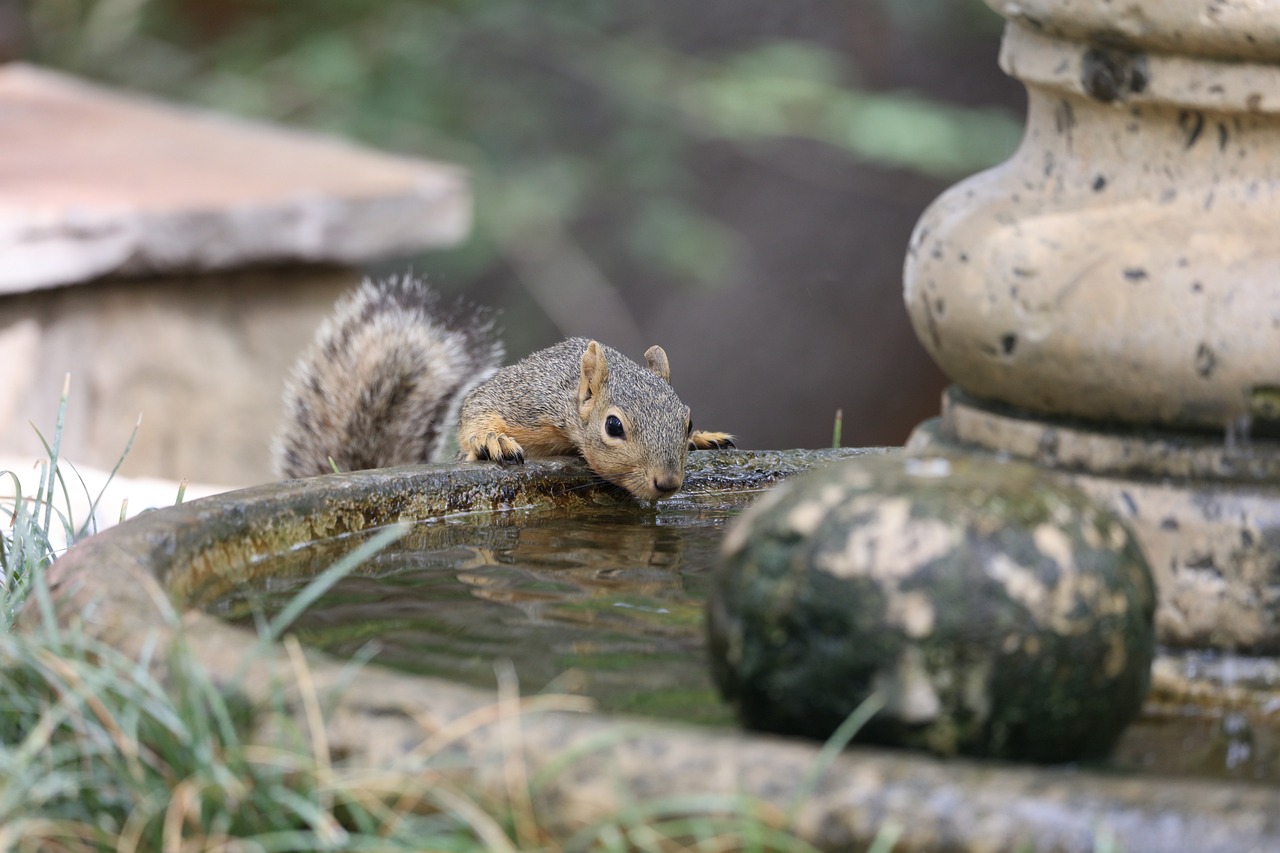
Building a Pond
Constructing a pond in your backyard is like creating a miniature ecosystem that not only enhances the beauty of your outdoor space but also invites a variety of wildlife to thrive. Imagine a serene spot where frogs croak, dragonflies dance, and birds splash about; this is the magic a pond can bring. But before you dive in, there are several important factors to consider to ensure your pond becomes a vibrant habitat.
First, let's talk about size and depth. The ideal pond size can vary depending on your yard and what you want to attract. A small pond can be as little as 50 square feet, while larger ones can exceed 200 square feet. When it comes to depth, aim for at least 2 feet in the deepest part. This depth provides a refuge for fish and other aquatic life during hot summers and freezing winters. A well-constructed pond should have shallow areas too, as these are perfect for plants and wildlife that prefer less water.
Next, consider the variety of plants you want to include. Aquatic plants not only beautify your pond but also provide essential oxygen and habitat for fish and insects. Some popular choices include:
- Water Lilies: These floating beauties provide shade and shelter.
- Pickerel Rush: Great for attracting pollinators.
- Hornwort: A submerged plant that helps keep the water clear.
Be sure to choose a mix of submerged, floating, and marginal plants to create a balanced ecosystem. This diversity will not only attract wildlife but also help maintain water quality.
Now, let’s discuss the location of your pond. You want to place it where it can receive at least 6 hours of sunlight a day, as this will encourage plant growth and keep the water warm enough for fish. However, too much sun can lead to algae blooms, so consider placing some native trees nearby for partial shade. Also, think about drainage; you don’t want your pond to become a muddy mess after heavy rains. A slight slope away from the pond can help manage excess water.
Finally, maintaining water quality is crucial for a thriving pond. Regular checks for pH levels, clarity, and algae growth will keep your pond healthy. You might want to invest in a small filter or a fountain to keep the water moving, as stagnant water can lead to problems. Additionally, adding beneficial bacteria can help break down organic waste and keep your pond clean. Remember, a well-maintained pond not only looks great but also supports a variety of wildlife.
Q: How do I keep my pond from freezing in the winter?
A: Consider using a pond heater or aerator to keep a portion of the water from freezing, which allows fish to breathe and prevents harmful gases from building up.
Q: What fish are best for a backyard pond?
A: Goldfish and koi are popular choices, but be sure to check your local regulations and ensure they are compatible with your pond's ecosystem.
Q: How can I prevent algae growth?
A: To minimize algae, avoid overfeeding fish, ensure proper water circulation, and consider adding plants that absorb excess nutrients.
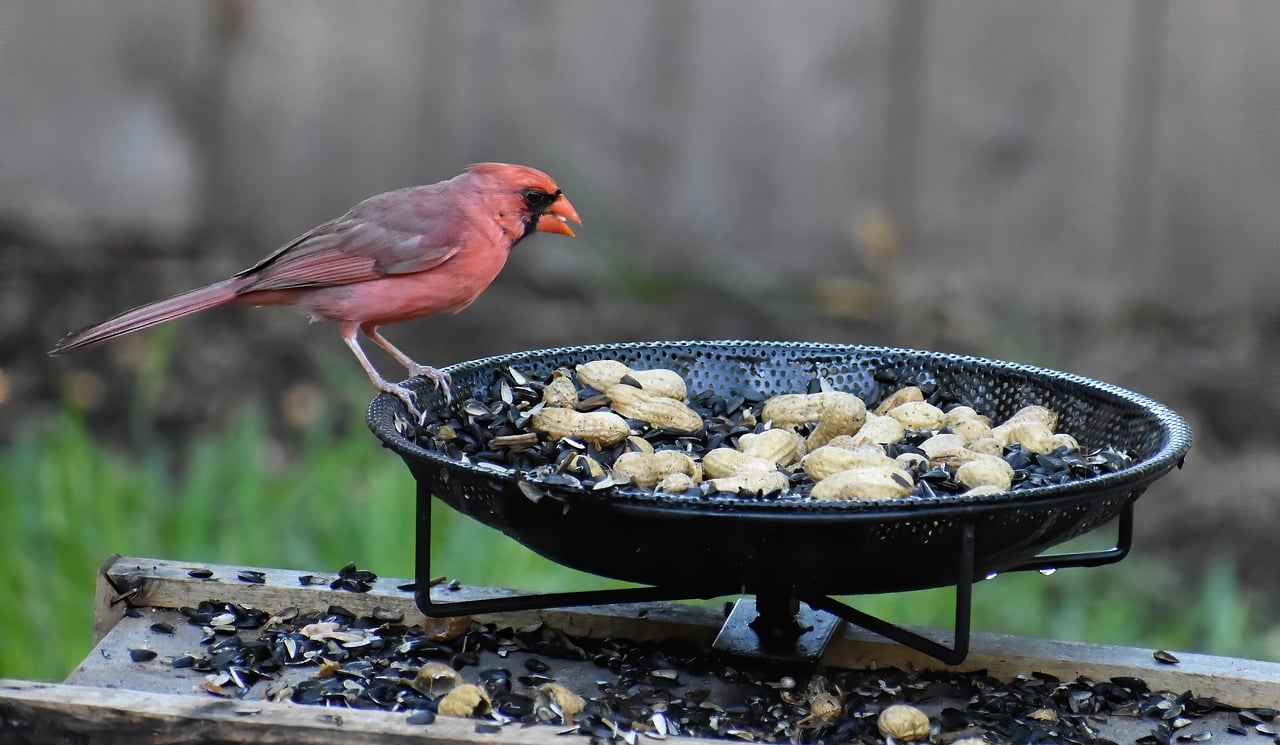
Choosing the Right Location
When it comes to creating a pond in your backyard, location is everything. Imagine your pond as the heart of a thriving ecosystem; it needs to be placed where it can truly flourish. First, consider the amount of sunlight the area receives. Most aquatic plants thrive in full sun, so a location that gets at least six hours of direct sunlight each day is ideal. However, too much sun can lead to overheating and algae blooms, so finding a balance is key.
Next, think about drainage. You want your pond to be in an area that doesn't flood after heavy rains. Look for a spot that has good natural drainage, allowing excess water to flow away without washing out your pond. This not only keeps the water level stable but also helps maintain the overall health of the pond's ecosystem.
Another critical factor is the proximity to existing wildlife habitats. Placing your pond near trees, shrubs, or other natural features can encourage animals to visit. Birds, frogs, and beneficial insects will be more likely to find your pond if it’s close to their natural habitats. This connection helps create a vibrant community of wildlife right in your backyard.
Finally, consider the viewing experience. You want to enjoy your pond as much as the wildlife does! Think about how you will interact with the pond—whether it's from a patio, a garden path, or a cozy nook. Positioning your pond where you can easily observe the activity will enhance your enjoyment and appreciation of the wildlife that visits.
In summary, when choosing the right location for your pond, keep these factors in mind:
- Sunlight: Ensure at least six hours of direct sunlight.
- Drainage: Avoid areas prone to flooding.
- Wildlife Proximity: Place it near existing habitats.
- Viewing Experience: Consider how you will enjoy the pond.
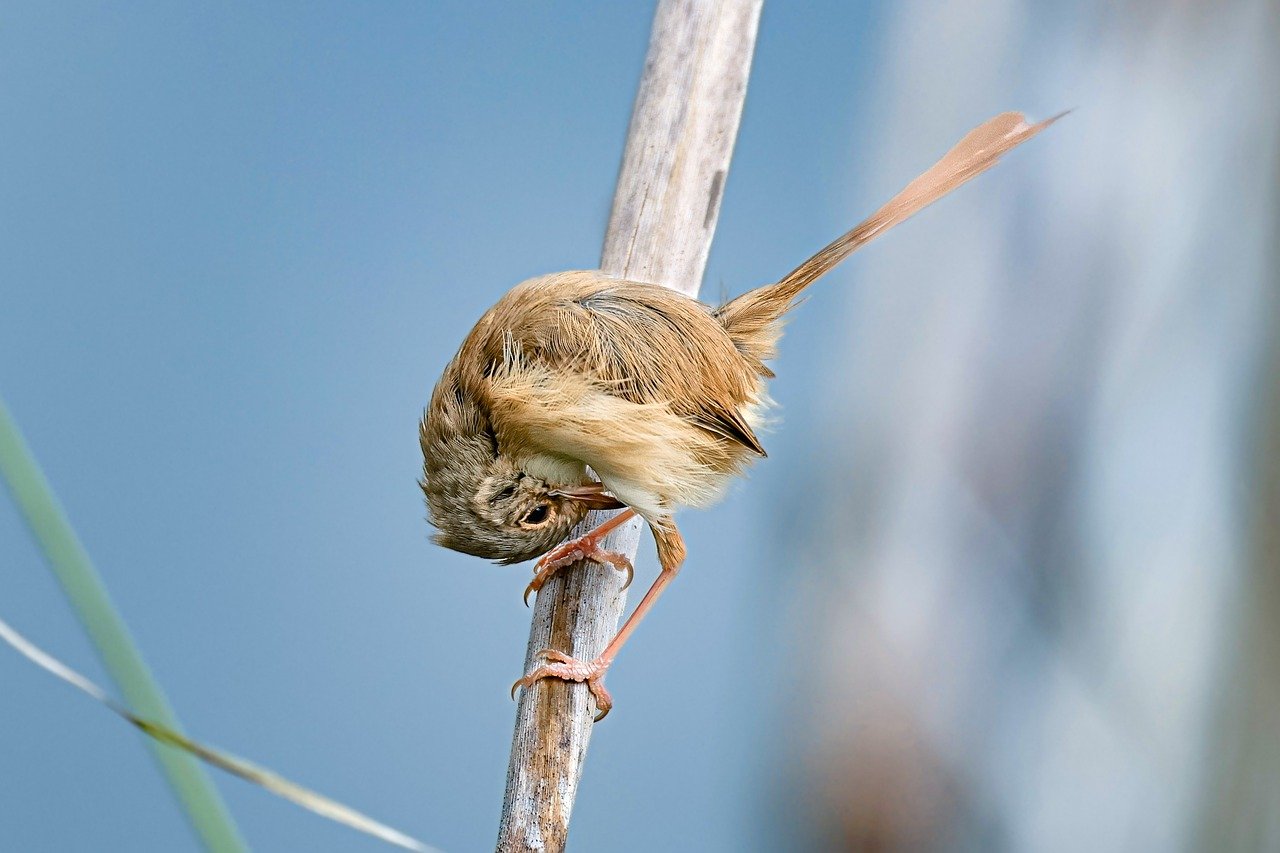
Maintaining Water Quality
This article explores various ways to transform your backyard into a sanctuary for local wildlife, providing essential habitats and food sources while enhancing the beauty of your outdoor space.
Selecting native plants is crucial for attracting local wildlife. These plants provide food and shelter for birds, insects, and other animals, ensuring a thriving ecosystem in your backyard.
Water is essential for wildlife survival. Learn how to create ponds, birdbaths, and other water features that cater to various species, promoting hydration and habitat diversity in your backyard.
Constructing a pond can attract frogs, turtles, and various birds. This section discusses the ideal pond size, depth, and plant selections to create a balanced aquatic environment.
Selecting the right location for your pond is vital. Consider sunlight, drainage, and proximity to other wildlife habitats to ensure your pond thrives and attracts diverse species.
Regular maintenance is essential for a healthy pond. To keep your aquatic haven inviting for wildlife, you must focus on several key aspects of water quality. First, filtration plays a crucial role in removing debris and contaminants. Installing a good filtration system can help keep the water clear and free from harmful pollutants. Additionally, consider aeration, which adds oxygen to the water, promoting the growth of beneficial bacteria that break down organic matter. This not only helps in maintaining a balanced ecosystem but also prevents algae blooms that can suffocate aquatic life.
Moreover, monitoring pH levels is vital. Ideally, the pH of your pond water should be between 6.5 and 8.5. You can use simple testing kits available at garden centers to keep an eye on this. If you find that the pH is off, adding natural amendments like limestone can help adjust it. Furthermore, regular water changes can also be beneficial. Replacing a small percentage of the water weekly can help remove excess nutrients that lead to algae growth.
In summary, maintaining water quality is about creating a balance. By focusing on filtration, aeration, pH monitoring, and routine water changes, you can ensure that your pond remains a thriving habitat for wildlife. A well-maintained pond not only attracts frogs and turtles but also becomes a picturesque centerpiece in your backyard that you can enjoy with family and friends.
Birdhouses and feeders provide essential nesting sites and food sources for birds. Explore various designs and placement strategies to attract a variety of bird species to your backyard.
Wildlife needs shelter for safety and breeding. This section discusses how to create natural habitats using brush piles, logs, and other materials to provide refuge for small animals.
Brush piles create excellent hiding spots for small mammals and insects. Learn how to build and maintain these structures to encourage wildlife to take up residence in your backyard.
Shrubs and hedges offer shelter and nesting opportunities for birds and small mammals. Discover the best types of plants to use and how to arrange them for maximum benefit.
Minimizing pesticide use is crucial for protecting wildlife. This section explores natural pest control methods and their benefits for maintaining a healthy ecosystem in your backyard.
Companion planting involves growing certain plants together to naturally deter pests. Learn about effective combinations that can help reduce the need for chemical pesticides in your garden.
Beneficial insects, like ladybugs and lacewings, help control pests naturally. This section discusses ways to attract these helpful creatures to support a balanced ecosystem in your backyard.
- What are the best native plants for attracting wildlife? Native wildflowers, shrubs, and trees that are indigenous to your area are often the best choices.
- How can I maintain a clean pond without chemicals? Regular filtration, aeration, and natural water changes can help keep your pond clean.
- What types of birdhouses are best for my backyard? Birdhouses designed for local species, with appropriate dimensions and entry hole sizes, work best.
- How can I reduce pests in my garden naturally? Implementing companion planting and attracting beneficial insects are effective methods.

Installing Birdhouses and Feeders
When it comes to transforming your backyard into a wildlife haven, birdhouses and feeders are your best friends! Not only do they provide essential nesting sites and food sources for our feathered pals, but they also add a delightful touch of charm to your outdoor space. Imagine waking up to the sweet melodies of birds chirping right outside your window – it’s like nature’s alarm clock, but way more pleasant!
To get started, you’ll want to consider the type of birds you’d like to attract. Different species have different preferences, so it’s essential to do a little homework before you dive in. For instance, if you’re hoping to attract bluebirds, you’ll need to install specific types of birdhouses that cater to their nesting habits. On the flip side, if your goal is to welcome finches, a simple feeder filled with sunflower seeds will do the trick! Here’s a quick breakdown of some popular bird species and their preferred feeders:
| Bird Species | Preferred Feeder Type | Best Food Options |
|---|---|---|
| Bluebirds | Bluebird house | Mealworms, berries |
| Finches | Nyjer seed feeder | Nyjer seeds, sunflower seeds |
| Cardinals | Platform feeder | Sunflower seeds, safflower seeds |
| Chickadees | Suet feeder | Suet, peanuts |
Once you’ve chosen the right feeders and birdhouses, the next step is installation. Here are a few tips to ensure your setup is a hit:
- Height Matters: Install birdhouses at the appropriate height for the species you want to attract. For example, bluebirds prefer their houses at about 5-6 feet off the ground.
- Safe Placement: Position feeders and birdhouses away from potential predators like cats and squirrels. A clear area around them will help keep the birds safe.
- Visibility: Make sure your feeders and birdhouses are visible from your home. This way, you can enjoy watching the birds without disturbing them!
Don’t forget to keep the feeders clean and stocked! Regular maintenance is key to keeping your feathered friends coming back for more. Clean feeders with soap and water every couple of weeks to prevent mold and disease. And as for food, keeping a consistent supply will ensure that birds feel welcome and safe in your yard.
As you embark on this exciting journey of attracting birds to your backyard, remember that patience is key. It might take some time for the birds to discover your new setups, but once they do, your backyard will become a bustling hub of activity. So grab your binoculars, sit back, and enjoy the show!
Here are some common questions people have when it comes to installing birdhouses and feeders:
- What is the best time of year to install birdhouses? Early spring is ideal, as it coincides with nesting season.
- How often should I clean my bird feeders? Aim to clean them every 2-3 weeks, especially during wet weather.
- Can I use the same feeder for different bird species? Yes, but be mindful of the types of food you offer to attract specific birds.
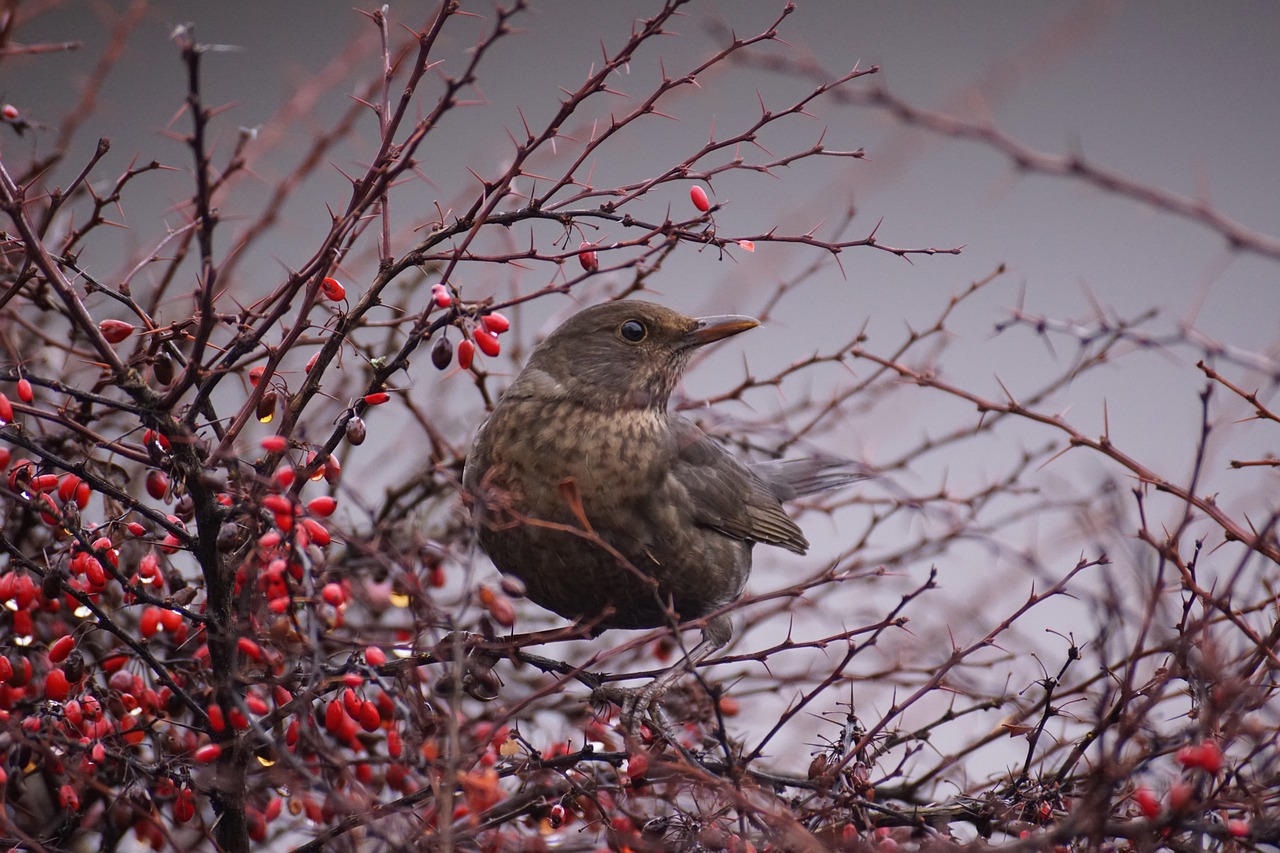
Creating Shelter and Nesting Areas
Wildlife needs shelter for safety and breeding, just like we need cozy homes to feel secure. By creating natural habitats in your backyard, you not only provide refuge for small animals but also promote a diverse ecosystem. Think of your backyard as a mini wildlife sanctuary where every nook and cranny can be transformed into a haven for critters big and small. From brush piles to hedges, there are countless ways to invite nature into your space.
One of the simplest yet most effective ways to create shelter is by using brush piles. These piles, made from twigs, branches, and other garden debris, serve as excellent hiding spots for small mammals such as rabbits and hedgehogs, as well as insects that play a crucial role in the ecosystem. Building a brush pile is as easy as gathering up your yard waste and stacking it in a corner. Just make sure to leave it a bit messy—wildlife loves it that way! Over time, these piles can even become homes for beneficial insects, helping to maintain a balanced environment.
In addition to brush piles, consider planting shrubs and hedges around your yard. These plants not only provide shelter but also offer nesting opportunities for birds and small mammals. When selecting shrubs, opt for native varieties that thrive in your area, as they will be more resilient and attract local wildlife. For instance, holly and juniper are excellent choices that provide both food and cover. Arrange them in clusters rather than in a straight line to create a more natural look and feel—think of it as creating a cozy neighborhood for wildlife!
To take your wildlife-friendly backyard to the next level, you might also want to incorporate nesting boxes. These man-made shelters can be designed for specific bird species, ensuring they have a safe place to lay their eggs and raise their young. You can find numerous plans online to build your own nesting boxes, or you can purchase them from garden centers. When installing them, remember to place them at varying heights and in different locations to attract a wider range of birds.
As you create these shelter areas, it’s essential to keep in mind the balance of your ecosystem. The more diverse your environment, the more wildlife you will attract. Consider incorporating a small wildflower garden nearby to provide food sources for pollinators and other beneficial insects. This will not only enhance the beauty of your backyard but also support the wildlife that you are working so hard to attract.
In conclusion, creating shelter and nesting areas in your backyard is a rewarding endeavor that benefits both wildlife and your outdoor space. By using natural materials like brush piles, planting native shrubs, and providing nesting boxes, you can turn your yard into a vibrant ecosystem teeming with life. So roll up your sleeves, get creative, and watch as your backyard transforms into a bustling wildlife haven!
- What types of plants are best for attracting birds? Native plants such as sunflowers, coneflowers, and serviceberries are excellent choices.
- How can I maintain the brush piles? Regularly add new materials and avoid disturbing the pile to keep it appealing to wildlife.
- Do I need a permit to build a pond? It depends on your local regulations, so it's best to check with your local authorities.
- How can I ensure my nesting boxes are safe? Clean them out after the nesting season and place them away from predators.

Using Brush Piles
Brush piles are like little nature hotels in your backyard, providing cozy hideaways for small mammals, birds, and insects. Imagine a pile of twigs, branches, and leaves, all stacked together, creating a safe haven for critters. Not only do these structures offer shelter, but they also encourage biodiversity by attracting various species that might otherwise pass by your yard. It's like throwing a party for wildlife, and everyone is invited!
Building a brush pile is a straightforward process. Start by gathering materials like fallen branches, dead leaves, and even old logs. The key is to create a structure that has plenty of nooks and crannies for animals to hide in. You don’t want it to be too uniform; think of it as an artistic endeavor where nature is your canvas. When stacking the materials, alternate between large and small items. This variation allows for different sized animals to find shelter. Aim for a pile that is at least three feet high and wide, as this size will provide ample space for various species.
Once your brush pile is complete, you'll want to place it in a quiet corner of your yard, away from heavy foot traffic. Ideally, it should be located near other natural features, such as shrubs or trees, which can provide additional cover and food sources. Sunlight is also important; a spot that receives some sun can help keep the pile dry, making it more appealing to wildlife.
Maintaining your brush pile is just as crucial as building it. Over time, leaves will decompose, and the structure may settle. You can add new materials periodically to keep it inviting. Be mindful of the types of materials you use; avoid treated wood or anything that might be harmful to wildlife. Instead, stick to natural, untreated items. The more varied your brush pile, the more wildlife it will attract.
So, why should you bother with brush piles? Here are a few compelling reasons:
- Habitat Creation: Brush piles serve as homes for rabbits, chipmunks, and various insects.
- Natural Pest Control: Many beneficial insects, like ladybugs, find refuge in these piles, helping to keep pest populations in check.
- Education and Observation: They provide an excellent opportunity for you and your family to observe wildlife up close.
In conclusion, brush piles are a simple yet effective way to enhance your backyard's ecosystem. By providing shelter and fostering a diverse range of wildlife, you’re not just beautifying your outdoor space; you’re actively contributing to the health of the environment. So, gather those branches and start building your brush pile today—your local wildlife will thank you!
Q1: How long does it take for wildlife to start using a brush pile?
A: It can take anywhere from a few days to a couple of weeks for wildlife to discover and start using a newly built brush pile. Patience is key!
Q2: Should I worry about pests in my brush pile?
A: While some pests may be attracted to the brush pile, the benefits of providing shelter for beneficial wildlife often outweigh the negatives. Just ensure that you’re not using any harmful materials.
Q3: Can I use any type of wood for my brush pile?
A: It’s best to use natural, untreated wood. Avoid treated wood, as it can contain chemicals harmful to wildlife.
Q4: How often should I maintain my brush pile?
A: You should check your brush pile at least once a season. Add new materials as needed to keep it inviting and functional for wildlife.
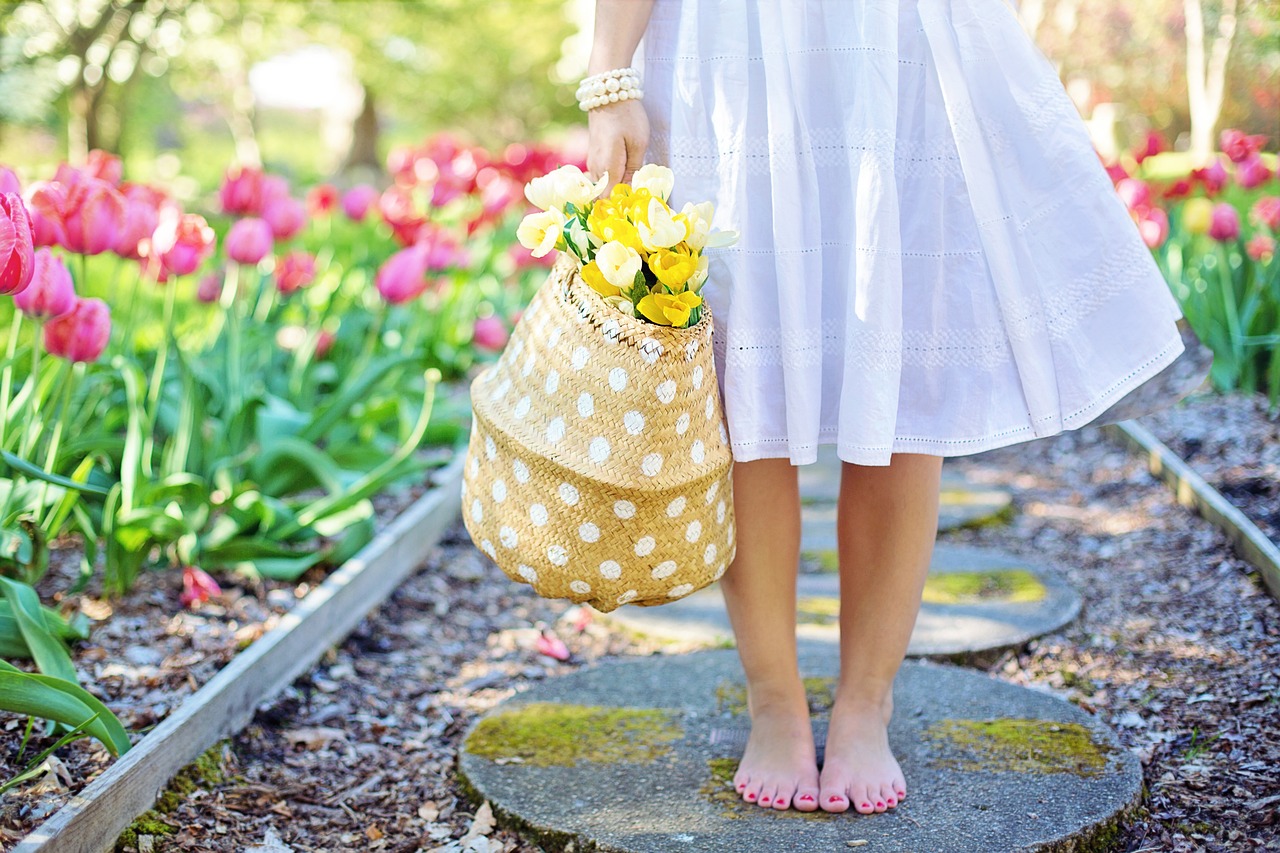
Planting Shrubs and Hedges
When it comes to creating a wildlife-friendly backyard, is like laying down the welcome mat for various creatures. These plants serve as natural shelters and nesting spots for birds and small mammals, making your outdoor space a thriving habitat. Imagine walking through your garden and hearing the sweet songs of birds flitting about, all thanks to the cozy homes you've provided for them! But how do you choose the right shrubs and arrange them effectively?
First off, it's essential to select native shrubs that are well-adapted to your local climate and soil conditions. Native plants not only require less maintenance but also attract local wildlife that has evolved alongside them. For instance, if you live in the Midwest, consider planting serviceberry or elderberry, both of which provide food for birds and other critters. On the other hand, if you’re in the South, azaleas and magnolias can create a stunning visual while also serving ecological purposes.
Now, let’s talk about arrangement. Think of your shrubs as a layered cake. You want to create a mix of heights, textures, and colors to make it visually appealing while providing different levels of shelter. Taller shrubs should be planted at the back, with shorter ones in front, creating a natural gradient. This not only looks good but also allows smaller birds to find refuge from predators. You could even incorporate a few flowering shrubs to add a splash of color and attract pollinators like bees and butterflies.
Another important aspect is spacing. While it might be tempting to plant them close together for an instant hedge, giving them room to grow is crucial. Overcrowding can lead to poor air circulation, making your shrubs susceptible to diseases. A good rule of thumb is to check the mature width of the plants and space them accordingly. For example, if a shrub grows to be 4 feet wide, plant them at least 4 feet apart to allow for healthy growth.
To make things even easier, here’s a simple table summarizing some popular native shrubs and their benefits:
| Shrub | Benefits |
|---|---|
| Serviceberry | Produces edible berries for birds, stunning spring flowers. |
| Butterfly Bush | Attracts butterflies and hummingbirds, long blooming season. |
| Elderberry | Provides food for birds, medicinal properties for humans. |
| Holly | Year-round greenery, berries for winter wildlife. |
Lastly, don’t forget about maintenance! Regular pruning helps keep your shrubs healthy and encourages new growth. It’s also an opportunity to check for pests or diseases, ensuring your wildlife-friendly haven remains inviting. So, grab those gardening gloves and get planting! Your backyard will soon transform into a vibrant ecosystem where wildlife can thrive, and you’ll enjoy the beauty and activity right outside your window.
Q: How do I choose the right shrubs for my area?
A: Research native plants that thrive in your local climate and soil conditions. Local gardening centers or extension services can provide valuable information.
Q: How far apart should I plant my shrubs?
A: Space them according to their mature width. A good rule of thumb is to plant them at least as far apart as they will grow wide.
Q: Can I plant non-native shrubs?
A: While non-native shrubs can provide beauty, they may not support local wildlife as effectively as native species. It's best to prioritize native plants for a wildlife-friendly garden.

Reducing Pesticide Use
In our quest to create a wildlife-friendly backyard, one of the most significant steps we can take is to reduce pesticide use. Pesticides, while effective at eliminating unwanted pests, often come with a hefty price tag for our local wildlife. They can harm beneficial insects, birds, and even the soil that supports our plants. So, how can we maintain a beautiful garden without resorting to these harmful chemicals? The answer lies in embracing more natural methods of pest control that not only protect our environment but also promote a vibrant ecosystem.
One effective strategy is companion planting, which involves growing certain plants together to naturally deter pests. For instance, planting marigolds alongside vegetables can help repel nematodes and other harmful insects. By creating a diverse plant community, we can confuse pests and reduce their populations without the need for chemical interventions. Moreover, some plants attract beneficial insects that prey on common garden pests. For example, planting dill or fennel can attract ladybugs and lacewings, which are natural predators of aphids.
Speaking of beneficial insects, creating environments that encourage their presence is essential. You can do this by providing habitats such as insect hotels or simply leaving some areas of your garden a bit wild. By allowing native plants to flourish, you can create a haven for these helpful creatures. Additionally, avoiding broad-spectrum pesticides ensures that you don't inadvertently eliminate the very insects that help control pest populations.
Another method to consider is implementing physical barriers. Installing row covers, nets, or even simple handpicking can significantly reduce pest problems without the use of chemicals. These methods may require a bit more effort but can be incredibly rewarding. Plus, they offer an opportunity to connect with your garden on a deeper level. Imagine walking through your backyard, inspecting your plants, and personally removing pests instead of spraying them away with harsh chemicals.
In summary, reducing pesticide use is not just about eliminating chemicals from our gardens; it's about fostering a balanced ecosystem where wildlife can thrive. By employing techniques like companion planting, attracting beneficial insects, and using physical barriers, we can create a lush and vibrant backyard that welcomes all forms of life. This not only enhances the beauty of our outdoor spaces but also contributes to a healthier planet.
- Why should I reduce pesticide use in my backyard? Reducing pesticide use helps protect beneficial insects, birds, and other wildlife, promoting a healthier ecosystem.
- What are some natural alternatives to pesticides? Natural alternatives include companion planting, attracting beneficial insects, and using physical barriers to deter pests.
- How can I attract beneficial insects to my garden? Planting native flowers, providing shelter, and avoiding chemicals can help attract beneficial insects.
- Is it possible to have a pest-free garden without pesticides? While it may be challenging, using natural methods can significantly reduce pest populations and lead to a thriving garden.
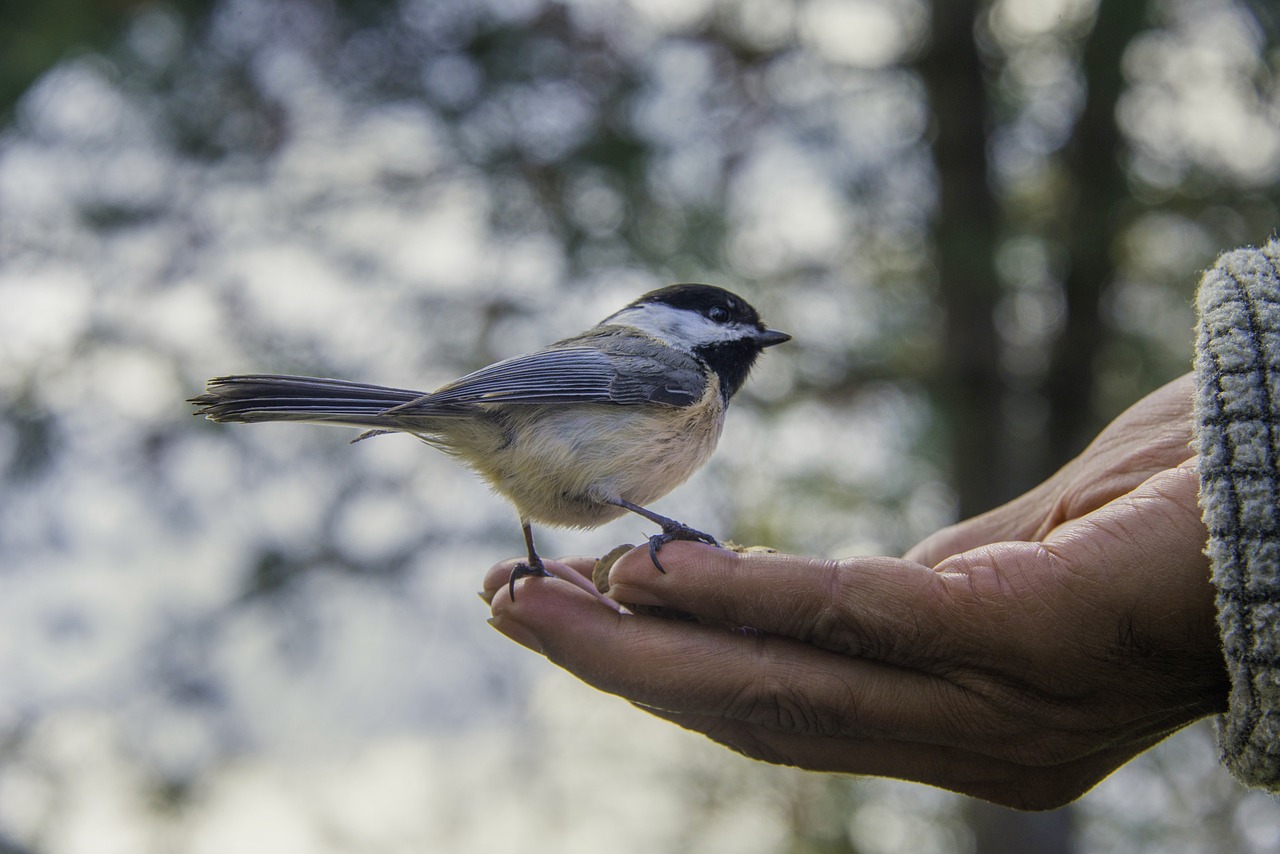
Companion Planting
Companion planting is like creating a harmonious symphony in your garden, where each plant plays its part to create a thriving ecosystem. Imagine your backyard as a bustling community, where every plant supports, protects, and enhances the growth of its neighbors. This method of planting involves pairing certain plants together to naturally deter pests, enhance growth, and even improve flavor. It's a beautiful dance of nature, where the right combinations can lead to a flourishing garden without the heavy reliance on chemical pesticides.
For instance, did you know that planting marigolds alongside your vegetables can act as a natural pest repellent? These vibrant flowers emit a scent that many pests find unappealing, effectively keeping them at bay. Similarly, basil is known to enhance the flavor of tomatoes while also repelling harmful insects like aphids and spider mites. It's like having a protective friend in your garden, ensuring that your plants thrive in a safe environment.
The beauty of companion planting lies in its simplicity and effectiveness. By understanding the relationships between different plants, you can create a more resilient garden. Here are some classic companion planting pairs that can benefit your backyard ecosystem:
- Tomatoes and Basil: Not only do they taste great together in a salad, but they also help each other grow.
- Carrots and Onions: Onions can deter carrot flies, while carrots can help break up the soil for onions.
- Cabbage and Dill: Dill attracts beneficial insects that prey on cabbage pests.
Implementing companion planting not only helps reduce the need for harmful pesticides but also promotes a healthy ecosystem in your garden. By attracting beneficial insects, like ladybugs and lacewings, you create a balanced environment where pests are naturally controlled. It's like having a team of tiny superheroes working tirelessly to protect your plants.
Moreover, companion planting can also enhance the soil's health. Certain plants, like legumes, have the ability to fix nitrogen in the soil, enriching it for their neighbors. This natural fertilization process means healthier plants and better yields. So, when planning your garden, think about the relationships between your plants. It’s not just about aesthetics; it’s about creating a thriving habitat that supports local wildlife and promotes biodiversity.
In conclusion, companion planting is an art and science that can transform your backyard into a wildlife-friendly haven. By choosing the right plant combinations, you can naturally deter pests, enhance growth, and create a vibrant ecosystem that supports both your garden and the wildlife that visits it. So, why not give it a try? Your garden—and the local wildlife—will thank you!
Q: What is companion planting?
A: Companion planting is the practice of growing different plants together for mutual benefits, such as pest control, improved growth, and enhanced flavor.
Q: How does companion planting help reduce pests?
A: Certain plants can repel pests or attract beneficial insects that prey on harmful ones, creating a more balanced ecosystem in your garden.
Q: Can companion planting improve soil health?
A: Yes, some plants, like legumes, can fix nitrogen in the soil, enriching it and promoting healthier growth for neighboring plants.
Q: Are there any plants I should avoid planting together?
A: Yes, some plants can negatively affect each other's growth. For example, planting garlic near beans can stunt their growth. It's important to research compatible plants.
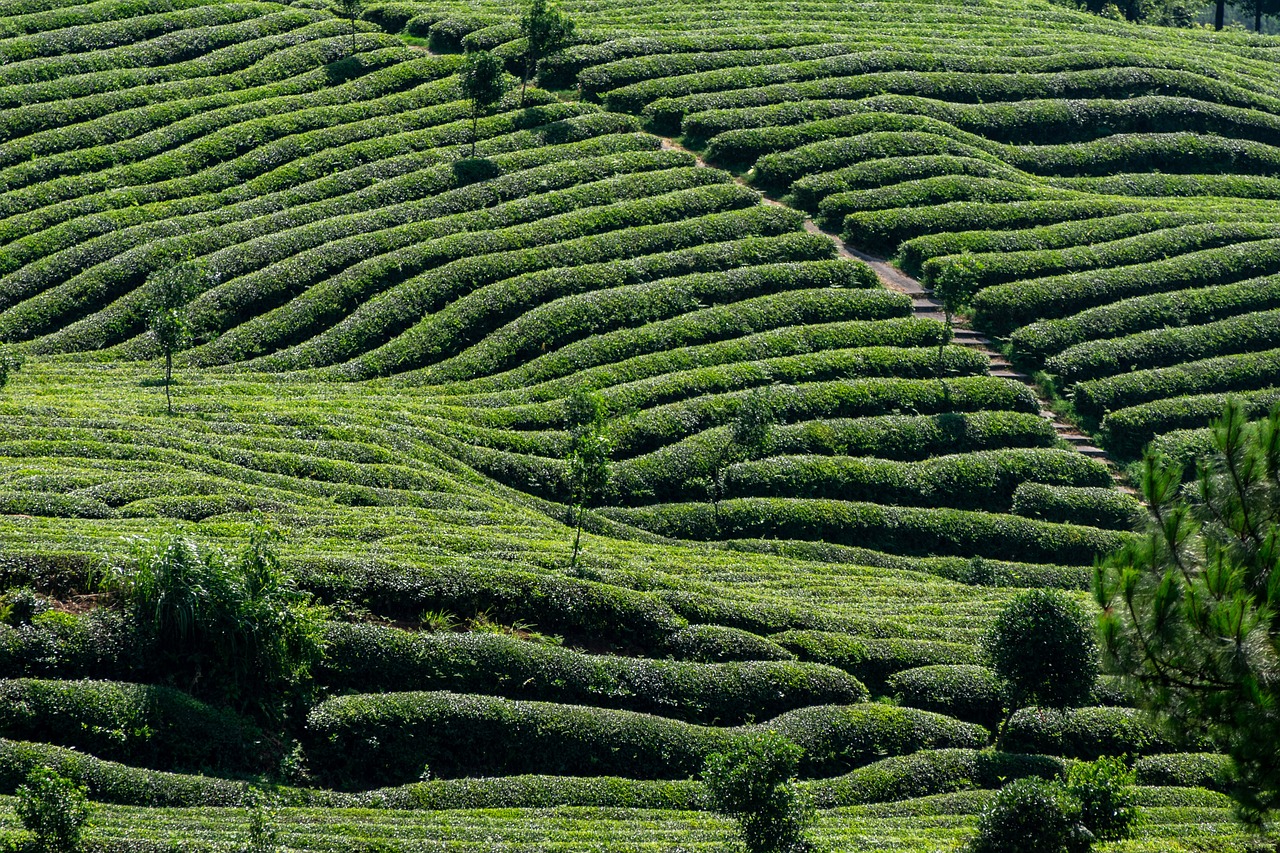
Encouraging Beneficial Insects
When it comes to creating a wildlife-friendly backyard, one of the unsung heroes is the beneficial insect. These tiny champions play a crucial role in maintaining a healthy ecosystem by controlling pest populations, pollinating plants, and even enriching the soil. But how do we encourage these helpful critters to make our backyards their home? Let’s dive into some effective strategies!
First off, it's essential to understand that beneficial insects thrive in diverse environments. By creating a variety of habitats, you can attract a wide range of these insects. For instance, consider planting a mix of flowering plants that bloom at different times throughout the growing season. This not only provides a continuous food source but also helps in attracting different species. Flowers such as marigolds, cosmos, and sunflowers are excellent choices because they are known to attract ladybugs, lacewings, and hoverflies, all of which are beneficial.
Another effective method is to incorporate native plants into your garden. Native plants are adapted to local conditions and are more likely to attract native beneficial insects. For example, plants like milkweed not only support monarch butterflies but also serve as a habitat for other beneficial insects. By creating a native plant garden, you are essentially establishing a food web that supports various wildlife, including those tiny allies that help keep pests at bay.
Additionally, providing shelter is key to encouraging beneficial insects. Many of these insects need a safe place to hide and reproduce. You can create habitats by leaving some areas of your garden a bit wild. Piles of leaves, logs, or even small rock piles can become cozy homes for insects. Beetles and ground-dwelling insects will appreciate these nooks and crannies, helping to maintain the balance in your garden.
Moreover, consider minimizing the use of pesticides in your garden. Pesticides not only harm pests but can also kill beneficial insects. Instead, explore natural pest control methods, such as introducing ladybugs or using insecticidal soap made from natural ingredients. This way, you can protect the insects that are working hard for you while still keeping the pests at bay.
Finally, you can create a small insect hotel. These structures offer a cozy retreat for solitary bees, ladybugs, and other beneficial insects. Simply gather materials like bamboo sticks, straw, and wood, and arrange them in a way that provides various nooks for insects to take shelter. Not only does this serve a practical purpose, but it also adds a unique decorative element to your garden!
In conclusion, encouraging beneficial insects in your backyard is not just about planting a few flowers; it’s about creating a thriving ecosystem. By providing food, shelter, and a safe environment, you can invite these tiny allies to help you maintain a healthy and vibrant garden. So, roll up your sleeves and get ready to create a welcoming space for these essential creatures!
- What are beneficial insects?
Beneficial insects are those that provide essential services in the ecosystem, such as pollination, pest control, and nutrient cycling. Examples include ladybugs, lacewings, and bees.
- How can I attract beneficial insects to my garden?
You can attract beneficial insects by planting a diverse range of flowering plants, using native plants, providing shelter, and minimizing pesticide use.
- Are there any specific plants that attract beneficial insects?
Yes! Plants like marigolds, daisies, and milkweed are known to attract beneficial insects.
- What is an insect hotel?
An insect hotel is a structure made from natural materials that provides shelter for beneficial insects, encouraging them to take up residence in your garden.
Frequently Asked Questions
- Why should I choose native plants for my backyard?
Choosing native plants is essential because they are adapted to your local environment. They provide the right food and habitat for local wildlife, ensuring that your backyard becomes a thriving ecosystem. Plus, they usually require less maintenance and water, making them a win-win!
- How can I create a water source for wildlife?
Creating a water source is easier than you might think! You can install a birdbath, build a small pond, or even use a simple container filled with fresh water. Just make sure to keep it clean and refill it regularly to attract various species looking for hydration.
- What size should my pond be to attract wildlife?
The ideal pond size can vary, but generally, a pond should be at least 2 feet deep to support aquatic life. A larger pond allows for more diverse habitats, so aim for a minimum of 100 square feet if space permits. Don’t forget to include plants around the edges for added shelter!
- How can I maintain water quality in my pond?
Maintaining water quality is crucial for a healthy pond. Regularly check for algae and use a pond filter or aerator to keep the water clear. Adding aquatic plants can also help, as they naturally filter the water and provide oxygen. It's like giving your pond a spa day!
- What types of birdhouses should I install?
When it comes to birdhouses, different species have different needs. Look for houses that cater to local birds, ensuring the entrance hole is the right size for the species you want to attract. Also, consider placing them at varying heights and locations to create a bird-friendly environment.
- How do brush piles benefit wildlife?
Brush piles are fantastic for wildlife! They provide shelter and nesting areas for small mammals and insects. Building a brush pile in a corner of your yard can create a safe haven for critters, helping them thrive while adding a natural touch to your landscape.
- What are some natural pest control methods?
Natural pest control methods include companion planting, attracting beneficial insects, and using organic repellents. For example, planting marigolds alongside vegetables can deter pests. It’s a great way to keep your garden healthy without harsh chemicals!
- How can I attract beneficial insects to my garden?
To attract beneficial insects like ladybugs and lacewings, plant a variety of flowering plants that provide nectar and pollen. Avoid using pesticides, as they can harm these helpful creatures. Think of your garden as a buffet for good bugs!



















